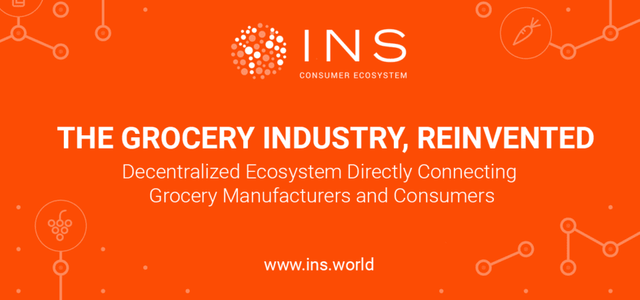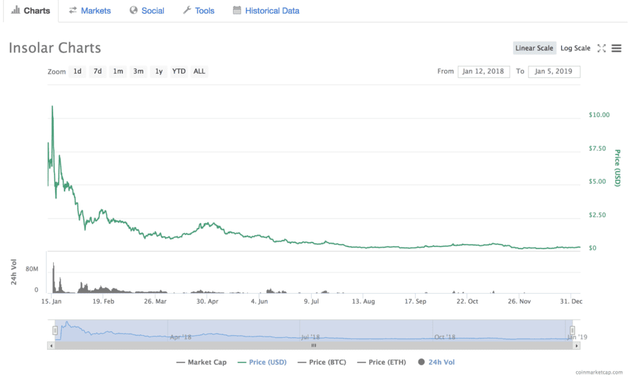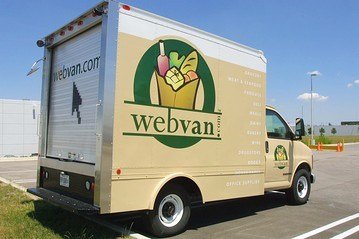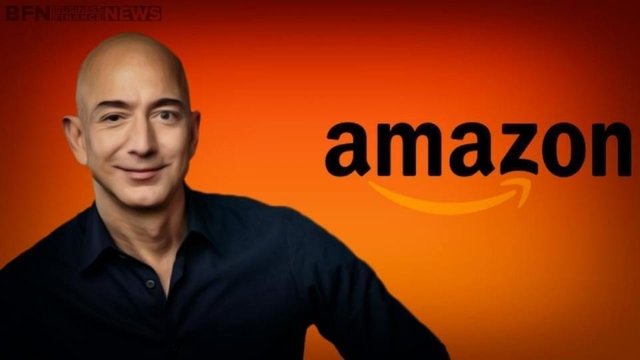
You may remember the “reverse IPO”—the most controversial IPO of the Internet boom—whereby a private company acquires a public company to bypass the lengthy public securities offering process...
What are Reverse ICOs?
A reverse ICO is similar. Investopedia defines the process below:
"...a reverse ICO is used by real-world enterprises... [it] works exactly the same way as for a standard ICO, though it is said that their valuations are easier and more transparent. When people pour their money into a standard ICO, the track record of real-world, established businesses offer a better and more trustworthy proposition for valuing reverse ICOs."

Investors forked over $45 million in 2017—the 45th highest ICO fundraising to date. Over the course of the year, however, INS has become Insolar Distributed Business Networks and has changed its business model.
INS did not technically do a reverse ICO, but it did change, or expand, its business model.
The outcome is the same. The original investors are holding tokens in a different business from the one they initially invested in. They now have an ownership stake in an enterprise-grade blockchain platform.
The token is trading at $0.28 USD, down from the ICO price of $1.5658. The 80% drop is comparable with the depreciation in other cryptocurrencies over the same period. Bummer.

Why? The company says it has "expanded its business vision." But was the original model that raked in tens of millions of dollars from investors ever viable?
Let's revisit the rise and fall of Webvan, an online grocery delivery business from the 1990’s.

Webvan raised $375 million in its IPO and raised even more from private investors.
The Webvan and INS business models look identical, including the warehouse system to store the goods before they are delivered to customers.
The trouble was that Webvan could not finance the bricks-and-mortar infrastructure build-out. This included a contract to spend $1 billion on building out the warehouses nationwide and $1.2 billion in stock to buy HomeGrocer.
It’s a cash-heavy, capital-intensive business.
By the time Webvan filed for bankruptcy in 2001, it had burned through the $1 billion it had raised!
Fast forward to today and take a look at Amazon.

- Amazon's Prime Now service is currently making grocery deliveries in 60 US cities.
- In 2017, Amazon paid $13.7 billion for 465 Whole Food stores.
- Amazon’s net margin is 5.1 percent, so it had the operating leverage to slowly build out a global delivery infrastructure.
The dot-com crash vs. crypto
Many misguided parallels are being made to the dot-com crash and the crypto crash. The ICO boom went bust—in other words, the financing model failed. But some business models, however, survived intact. Amazon is one of them!While the profit margins of pets.com, webvan.com and eToys.com collapsed, books/music (21%), toys/sporting goods (19%), and pet products (5%) represent a high share of the global e-commerce market.
And therein lies the lesson.
The issue was not the financing model but the business model.

A quick peruse of a couple of upcoming ICOs reveals numerous viable delivery models.
- The TEMCO Project is one of many blockchain supply chain management services engineered to be used by existing physical supply chain networks. TEMCO leverages big data to provide analytics, business intelligence tools and vendor verification to supply chain networks.
- Zapaygo - Mobile order and payment app Zapaygo (ZAP) for the entertainment, hospitality and leisure sectors is making deliveries inside event venues. You no longer have stand in line to buy a beer at an Arsenal game or a signed t-shirt at a Coldplay concert. The event app expects to be operating in 10,000 entertainment venues in the UK by the end of 2019.
- KaratCoin (KCG) is mining, trading and storing physical gold. You need only concern yourself with the tokenized gold certificate while gold sits in a mining gold vault.
Looking back at the numbers, internet companies with strong operating performance (the business model) and low debt leverage (the financing model) succeeded.
So more ICOs will fail, but many of these business models will prevail.
But if the business model is not viable, an IPO, ICO or other financing models may delay but not prevent an eventual collapse.
Be it the Tulip Mania in the sixteenth century, Internet IPOs, or Blockchain ICOs, throughout the 300-year history of organized financial markets, investors have found objects of speculative excess.
Too much money is being thrown at fake or nonviable ICOs, but others will own their markets one day.
Today, the Netherlands commands 50 percent of the $10 billion global market in cut flowers. I didn’t drink the Internet bubble kool-aid but I certainly would have liked to have sniffed those tulips!
Originally posted on Crypto Insider : https://cryptoinsider.com/reverse-icos/